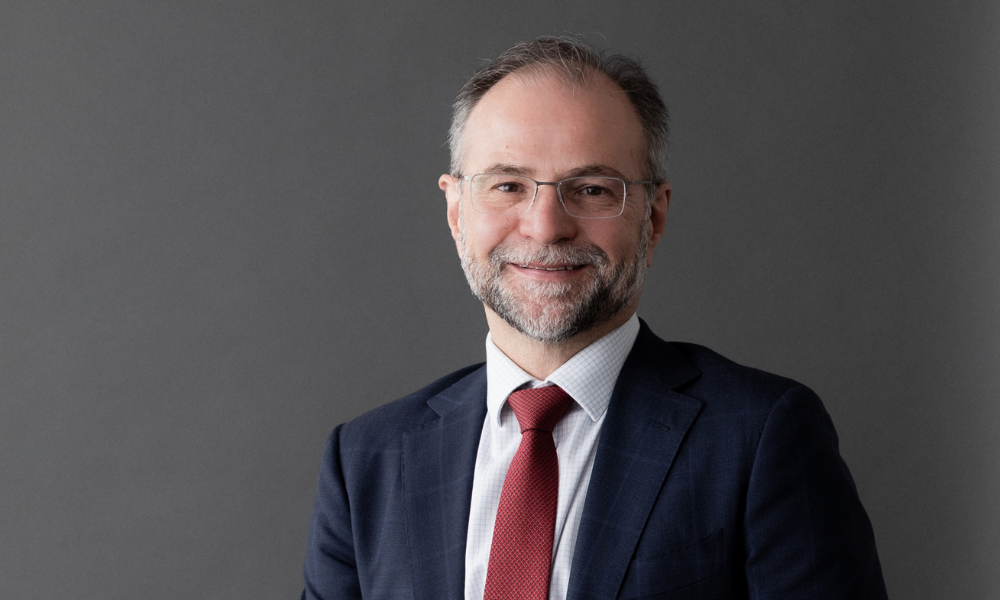Economist says the turning point between tightening and easing cycles is tough to forecast

Australians anticipating an interest rate cut this year may need to brace for a longer wait, as economic indicators suggest that the current rate of 4.35% could persist until 2025.
According to David Robertson (pictured), chief economist at Bendigo Bank, although the Reserve Bank of Australia (RBA) maintained its interest rates in May, market sentiments have shifted.
“Markets have been rethinking their timeline for when the easing cycle might start and had even started to partially price in another hike,” Robertson said. “Our view for over a year has been that RBA rate cuts will start in 2025 to help support the slowing economy, but not in 2024 because of how difficult it is to eradicate inflation.
“With the market now coming to the same conclusion, the first cut is now predicted for early to mid-2025. While the possibility of another hike is always there, and similarly the US are also taking longer to start their easing cycle, we still favour no move up or down from the RBA this year.”
In Bendigo Bank’s May economic update, Robertson pointed out that predicting the shift from tightening to easing cycles presents a significant challenge for both economists and central banks.
“The timing of the first cut is at the mercy of the data, and economic data in this period is generally all over the shop,” he said. “But we’re still expecting very slow economic growth and domestic demand ahead, with the main bright spots coming from international tourists and students, and strong public investment.
“Headline CPI fell to 3.6% in the latest numbers for the first quarter, but the core read was 0.2% higher than hoped at 4%, with rents and services inflation remaining the problem. Goods inflation continues to moderate, although it may be challenged by higher energy prices and geopolitical strains in the coming months.”
The RBA’s recent monetary policy statement projects core inflation to remain above the target into the year’s end, though improvements are expected early next year. Meanwhile, international trends show some central banks, like those in Sweden and soon the European Central Bank, initiating rate cuts.
“Here, we remain around six months behind most of these cycles and this ‘higher for longer’ narrative has helped push the Aussie dollar higher, especially against the Japanese yen now above 100 for the first time in a decade,” Robertson said. “The Aussie has also been gaining on most cross rates, but against the US dollar, it will be a tougher climb, likely to be influenced by interest rate differentials, commodity prices and the November presidential election.
“And lastly, the Federal Budget this week is likely to reveal a modest surplus helped by firm commodities and strong labour markets, offset to a degree by the stage three tax cuts and other cost-of-living support – but all with a fairly modest impact on inflation.”
Want to be regularly updated with mortgage news and features? Get exclusive interviews, breaking news, and industry events in your inbox – subscribe to our FREE daily newsletter. You can also follow us on Facebook, X (formerly Twitter), and LinkedIn.



